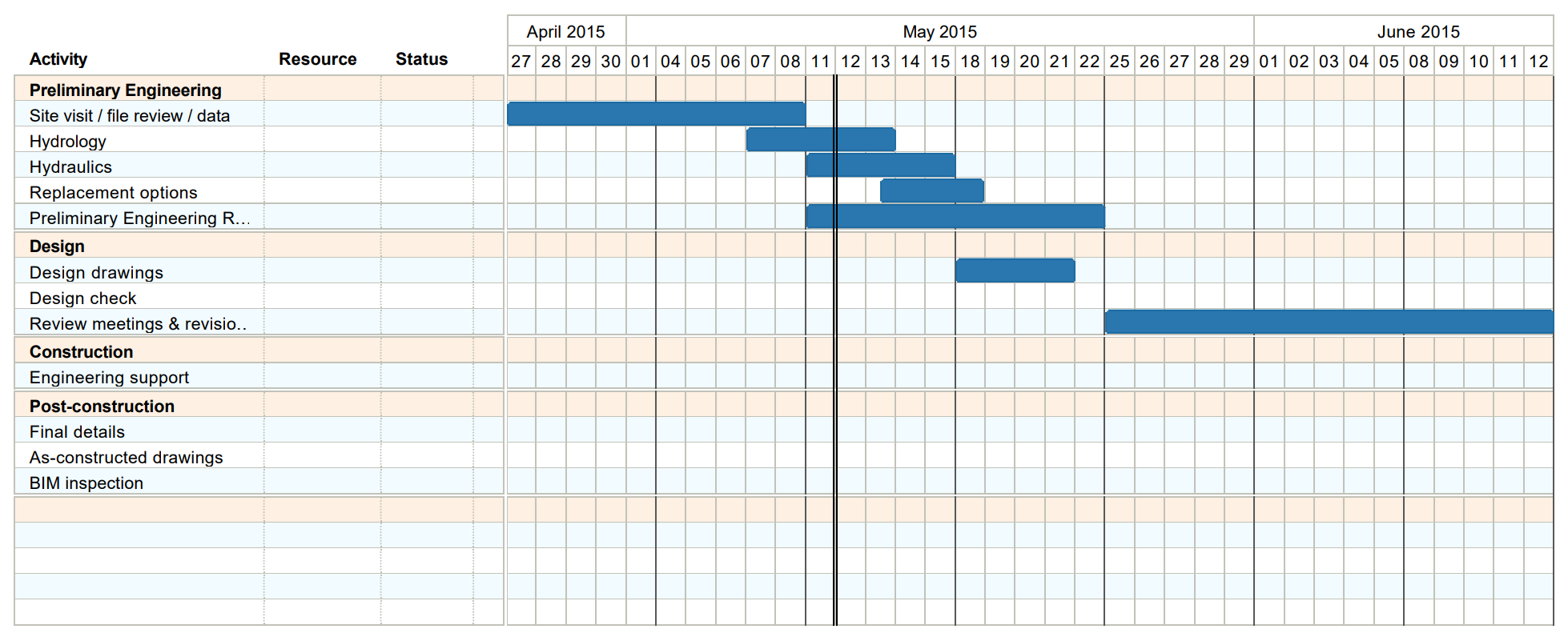
In the Iteration state, the main bars change to display the most current calculated values in the schedule. This is known as the Iteration state of the Gantt chart. When is in Random mode, the Gantt chart updates every time F9 is pressed to reflect the current calculated schedule. In the Original state, the main, thicker bars display the original tasks as defined in the imported project. This is known as the Original state of the Gantt chart. When is in Static mode, then the displayed Gantt chart will not change with standard Excel recalculations. For more information search Random/Static Standard Recalc in the online help. Each time the F9 key is pressed, the displayed distribution values, and the entire model, update to reflect the current calculated values. When the Random mode is selected, then you can press the F9 key to walk through a Monte Carlo simulation one iteration at a time, step-by-step. When the Static mode is selected (which is default), the displayed distributions do not change with normal Excel recalculations. In addition, each chart view has two possible states – Original and Iteration – which depend on the calculation mode setting in are two calculation modes in – Static and Random. The Chart Pane of the Gantt Chart Window is where you define the chart view – Standard or Probabilistic, as described above. The Gantt Chart Window consist of four primary components: This enables you to see the simulated project flow over time and visually understand the possible outcomes in the schedule. This is a completely new view of a standard Gantt chart that plots simulation data to display the variation in durations and dates that are possible. It is similar to the standard Gantt charts produced by Microsoft Project and Primavera P6.

This plots the tasks against time using the original duration of the tasks defined in the imported project. The Gantt Chart Window can display two views of project Gantt charts: Standard and Probabilistic.


 0 kommentar(er)
0 kommentar(er)
